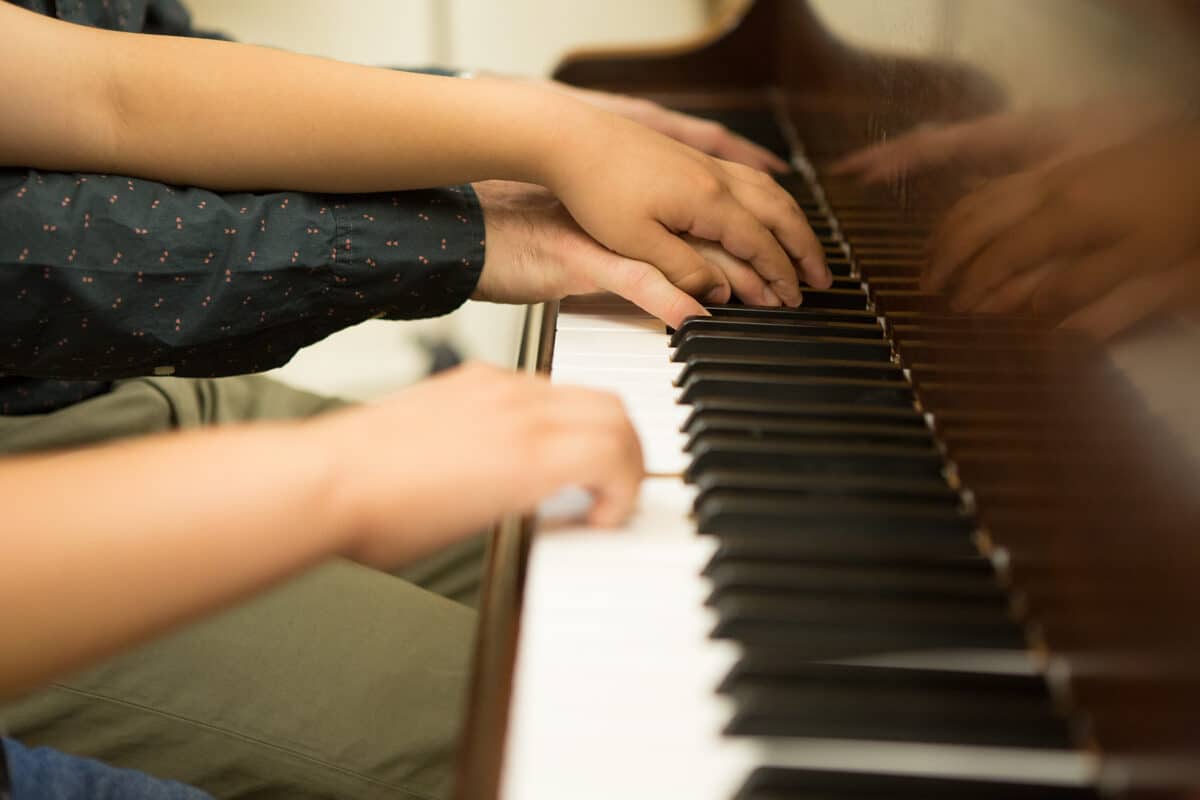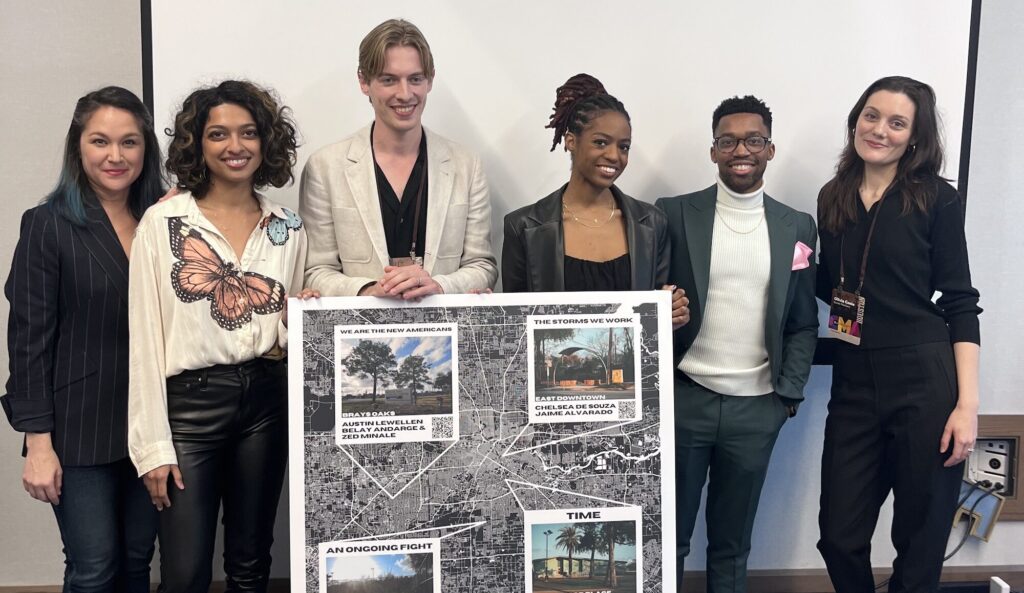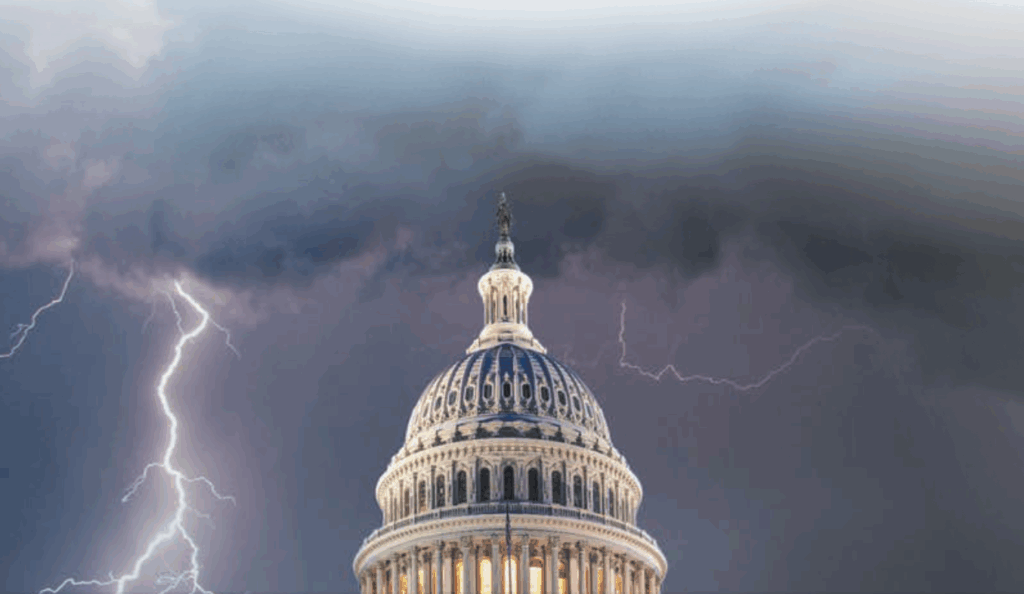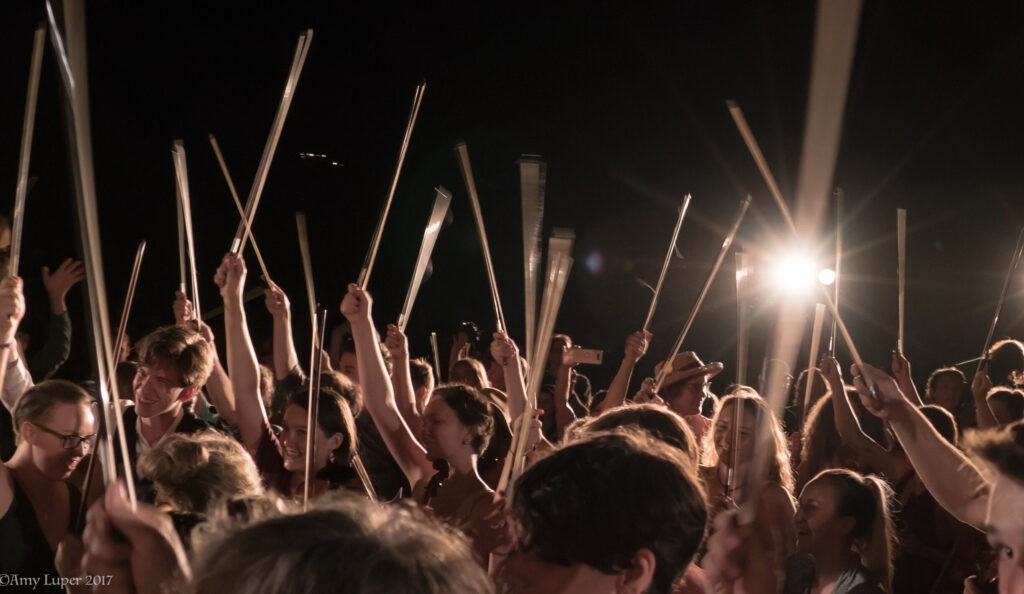Music Therapy Opens Up
Music therapists do specialized work, but many believe their knowledge can help all musicians contribute essentially to the nation’s health.
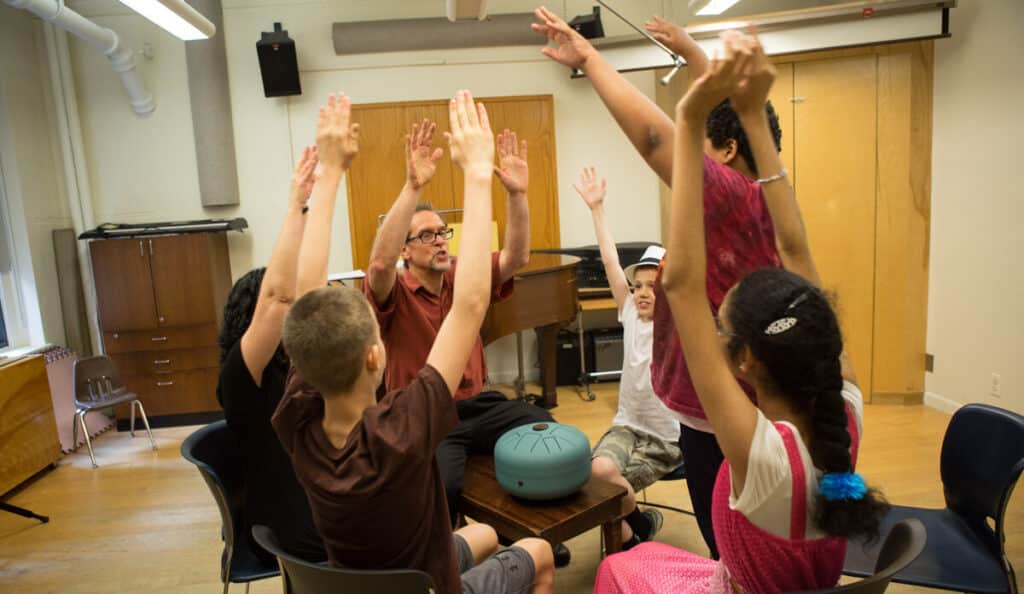
There are two ways to think about the concept of music therapy as it is evolving in the present decade. And both tap into the idea that music—and musicians of every kind—can play a bigger role in keeping communities happier, healthier, and more connected.
The first is music therapy in the clinical sense, as it is practiced by 10,000 nationally-certified therapists across the country who use research-backed techniques to improve the mental, physical, and emotional health of the people they treat. The field is growing, gaining credibility, and finding new ways to serve the public, and there are increasing opportunities for musicians who might consider entering the profession.
The second is broader, and perhaps a little more elusive, though equally full of promise. It is the idea that all music has the potential to be therapeutic and that nearly everyone who performs it can be an agent of healing if they know how; not just those that are formally educated and licensed as clinical therapists, but any violinist, vocalist, or accordion player who presents their art before an audience. There is a push to make that latter group more aware of their potential and to introduce them to ideas and techniques that could add value to their work.
Interestingly, that momentum is coming from therapists within the first group, who believe that music’s usefulness could be maximized by bringing those two notions of music therapy—the formal and the informal—into greater alignment. “We are becoming a lot more open to a spectrum of ideas about what music can do for health,” said Renate Rohlfing, a prize-winning concert pianist and music psychotherapist, who also teaches at Berklee College of Music. “I think now there’s a lot more openness about how one can inform the other.”
To be sure, music therapy has a long way to go before it reaches the full potential its backers believe it can achieve. In any form, the practice is still a mystery to many. Most people avail themselves to music therapy only after a referral from another health practitioner, or if it is part of a wider program at a school or healthcare facility they are already affiliated with. “When I say I’m a music therapist, I would say that the majority of people have never heard of it,” said Zach Kandler, a licensed therapist who works in New York City. “I don’t think they are conscious of it because they don’t know it’s an option.”
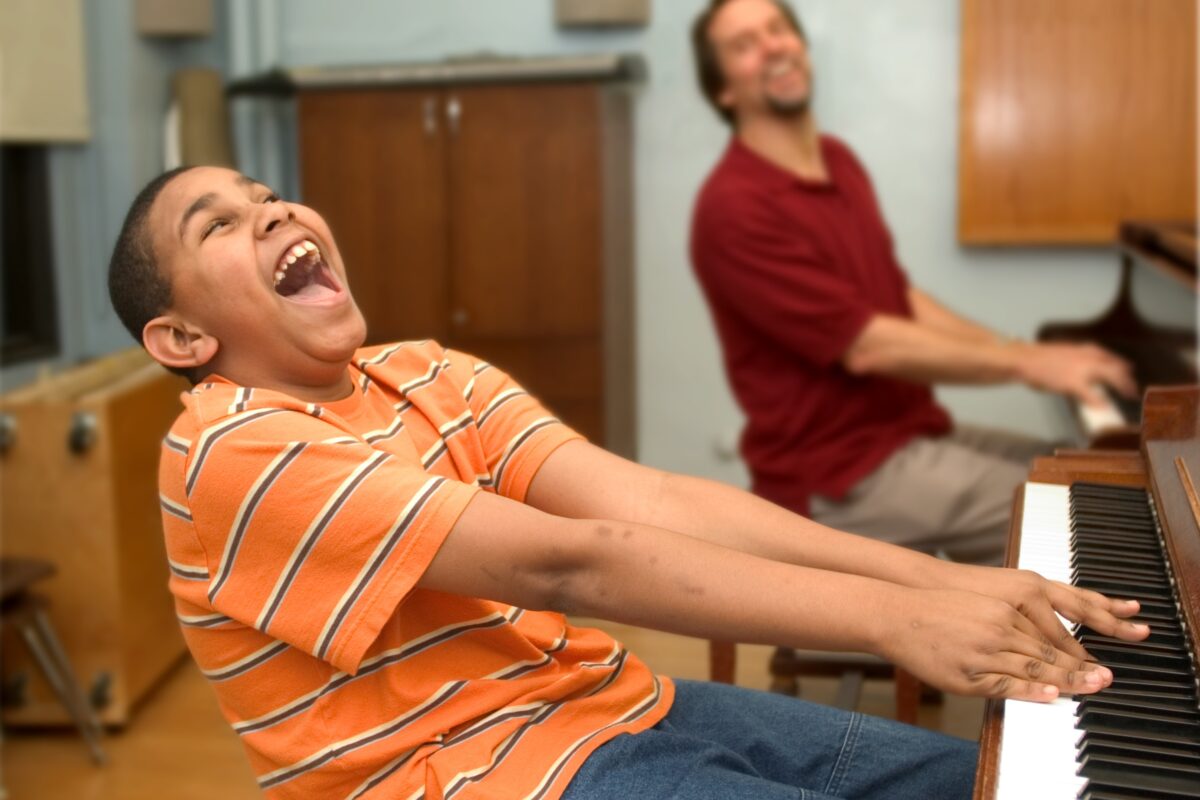
A Slow and Steady Build
In that way, music therapy is still in its growth stages, said Jane Creagan, Director of Professional Programs for the American Music Therapy Association. The field has learned to be patient as more people discover it, she said.
But the AMTA has also worked effectively to increase the awareness of and credibility of therapists, in part by supporting and sharing qualified research that provides evidence of music therapy’s benefits. There are a number of journals that report developments in the field, including the highly-regarded Journal of Music Therapy. That research serves as the fuel propelling AMTA’s work advocating for strong national standards and recognition of the field by state governments, insurance companies, and other medical professionals.
Before they can practice, music therapists need to earn specialized music degrees, which require studies in performance, biology, and the behavioral sciences, plus 1,200 hours of field work in a healthcare or educational facility. There are now 89 established degree programs at colleges and university in 36 states. Then they must pass a competency exam administered by the Certification Board for Music Therapists, a national, non-profit organization.
But licensing on a state level makes it easier for therapists to establish themselves, set fee rates, and bill governments and private payers for their services—all crucial components of the music therapy economy. At present, the U.S. is a mix of rules and regulations. Some insurance policies cover music therapist’s fees, similar to the way they might clinical psychologists or psychiatrists, though many do not. It’s the same with state regulators.
AMTA has task forces in 43 states and has, one by one, convinced multiple state governments to formalize certification. There are now 13 states with licensing programs, including Maryland, which just passed its statute last year, according to the AMTA.
The AMTA’s work is part of a broader movement to explore and gain support for music’s abilities in health care. Those efforts are varied and have included, most notably, the “Sound Health Initiative,” a partnership between such organizations as the National Endowment for the Arts and the Kennedy Center designed to support research that can “expand the knowledge and understanding of how intricate circuitry of the brain interacts with music.”
Soprano Renee Fleming has been a visible advocate for the cause. Other performers, from pop star Ben Folds to classical pianist Robin Spielberg, have also emerged as supportive voices.
Thinking Bigger
Ideas about how music therapy research might be employed are still evolving. Certainly, scientific study helps build support for the profession, and many music therapists credit it for what they see as an increased amount of respect for their work in recent years. But there is also a growing sense that the knowledge gained could be used by all musicians as they go about their work.
What, for example, might a classical guitarist or a jazz quartet learn from easy access to existing research that explains how music can decrease anxiety and agitation, or increase self-esteem or improve group cohesiveness? Would some knowledge of therapeutic techniques change the nature of their concerts or impact their ability to serve audiences beyond their value as entertainers? Would concert halls, with their missions of building strong communities around the performing arts, find new purpose in booking them?
“So many performers are really interested in music therapy, but maybe they don’t want to—or don’t feel like they should need to—shift careers entirely to get more information and be able to access those resources, which should totally be available,” said Rohlfing, who is affiliated with the Nordoff-Robbins Center for Music Therapy, the noted center for education and therapy services and a progressive advocate for research that expands the field.
No one is suggesting that all musicians can or should do everything that trained music therapists do in well-planned, fully-documented treatment programs. That is especially true in situations where they work with patients over extended periods of time, building a rapport as client and clinician talk about music, compose and improvise together, breaking down communication barriers and opening up opportunities for personal expression and resolution of physical or emotional issues.
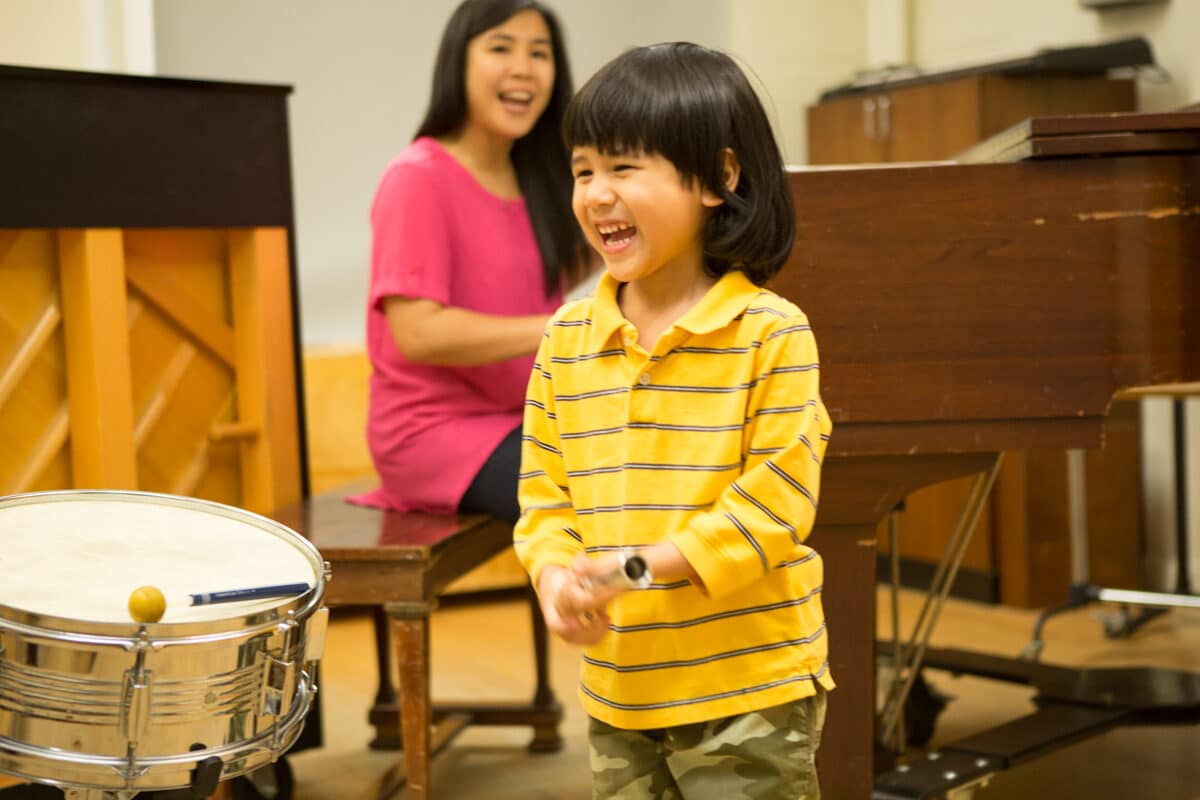
But there may be opportunity in the “powerful, shorter connections” that occur between concert musicians and their audiences, said Rohlfing, and that’s the reason some in the profession are “encouraging performers to become as educated as possible and to open up the potential of what their musicality can do for people.” Berklee College of Music, Rohlfing notes, “is opening a minor for music and health so that other majors can actually study the potential of music and health, but not have to necessarily be a credentialed music therapist.”
Where can musicians learn more? Both Berklee and New York University, where the Nordoff-Robbins Center is headquartered, offer introductory classes with remote learning options. More informally, there is AMTA’s website, which works as tutorial on music therapy’s possibilities and references scores of accessible studies for anyone interested.
There are nonprofit groups that guide musicians to work in settings where their skills can be useful tools. New York City-based Concerts in Motion, for example, organizes and trains musicians to bring personalized live music to older adults, the disabled, and individuals experiencing housing and food insecurity. Another nonprofit, Musicians on Call, works in 25 U.S. cities, bringing musicians into local hospitals for in-room concerts before patients undergo treatments or for those otherwise unable to leave their beds.
How, precisely, the application of selected music therapy techniques might play out when applied informally in a community setting remains to be worked out, as does the balance between using music as a tool for health at, say, a public concert, as opposed to in the course of standardized, clinical treatment.
In a panel discussion on health-minded uses of music at Chamber Music America’s National Conference in January, Joy Allen, who chairs Berklee College’s music therapy department, suggested it is a matter of degrees—assessing various opportunities for music as a health tool in a given moment and making sure the right provider is on the job. “If I have cut on my hand, I’m not going to go see surgeon,” she said in an analogy of the situation. Maybe she could treat it herself or go to an urgent care facility.
In the same way, those with deeper needs would seek out a licensed music therapist. But a community suffering from divisions or a lack of connection might be helped by an evening with a musician who knows a thing or two about how music can be effective. “We have to learn to work together,” Allen said.
The idea sounds logical, though barriers do exist. Not every drummer or soprano aims to heal the people they play for and not all performers have the inclination to make that part of their act. And music therapists themselves can be protective over their work. After all, the profession has spent six decades honing its practices in the name of quality care.
But there is room, if the profession is open to it, to use the vast amount of knowledge now gained to more widely address issues of public health. Music therapist Jasmine Edwards, who serves as Creative Arts Therapy Coordinator at Mt. Sainai Children’s Hospital, put the challenge for music therapists this way at the CMA conference:
“How we can position ourselves to be very collaborative,” she asked. “And not use ourselves as gatekeepers for who gets to use music for well-being?”
